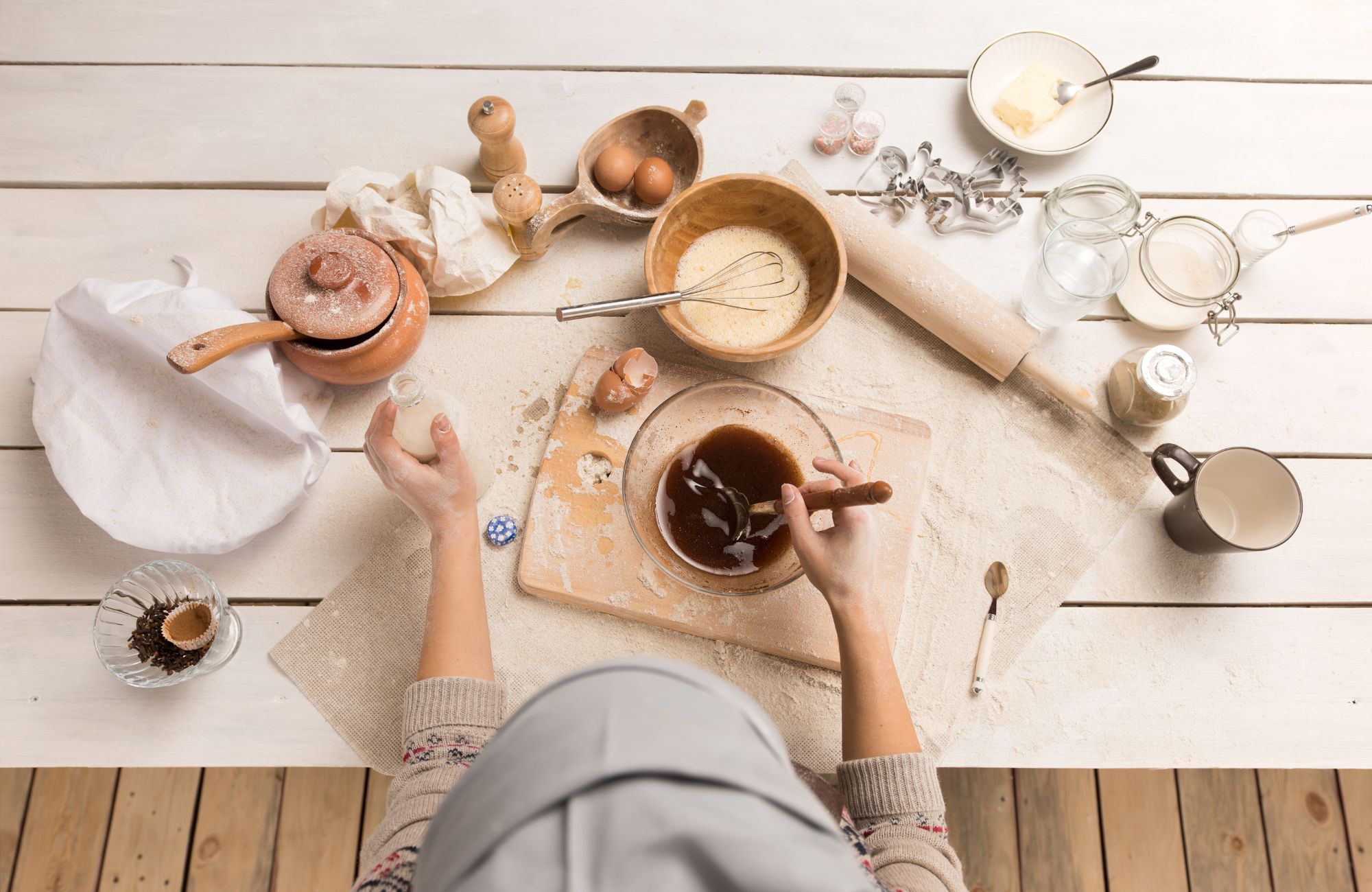
How Liquid vs Granulated Sugar Affects Baking: A Baker’s Guide
Curious about how liquid vs granulated sugar affects baking? This guide breaks down their impacts on texture, moisture, flavor, and rise in your baked goods.
Key Takeaways
-
Sugar plays a critical role in baking, impacting moisture, texture, and flavor, with bulk granulated sugar being essential for leavening and moisture retention.
-
Liquid sweeteners like honey and maple syrup add unique flavors and additional moisture but may require adjustments in recipes to maintain consistency and baking success.
-
Understanding the characteristics of different sugars and how to substitute them, including necessary adjustments, allows for creative experimentation in baking.
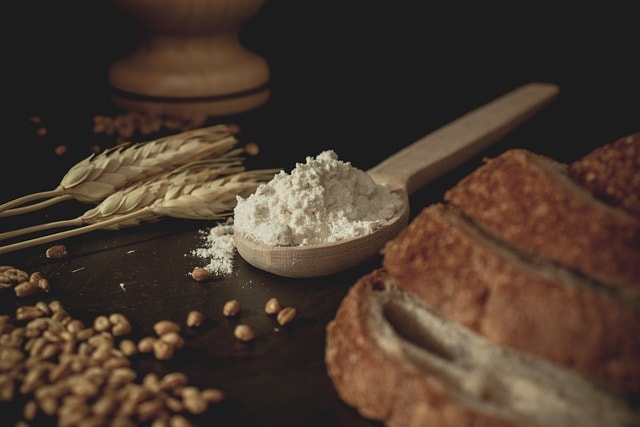
The Role of Sugar in Baking
Sugar is not just for sweetness; it significantly affects the quality and structure of baked goods. Granulated sugar can come from sugar beets or sugarcane, both of which are refined to produce the final product used in baking. It interacts positively with other ingredients, impacting the overall baking process. Sugar doesn’t just sweeten; it enhances flavor and plays other crucial roles in baking.
Sugar locks in moisture, keeping baked goods tender and preventing them from drying out, which is key for perfect textures in cakes and cookies. Sugar also aids fermentation by releasing carbon dioxide, crucial for dough rising, especially in bread-making for a light and airy loaf.
The balance of sugar in a recipe can significantly change the final results, affecting both texture and flavor. Too much sugar can lead to overly sweet and sticky products, while too little can result in dry and dense baked goods. Understanding the role of sugar in baking helps you create delicious, well-balanced treats every time.
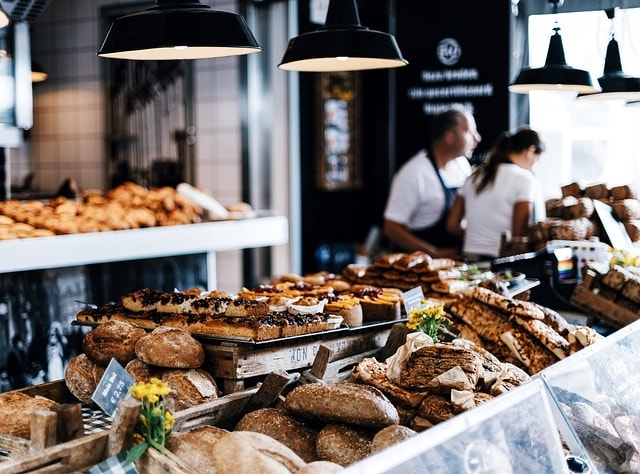
Types of Sugar for Baking
When it comes to baking, the type of sugar you use can make a significant difference in the outcome of your baked goods. Here’s a breakdown of the most common types of sugar and their unique characteristics:
Granulated Sugar: Characteristics and Uses
Granulated sugar, a staple in most kitchens, comes from sugar beets and sugar cane. This versatile sweetener helps retain moisture in baked goods, resulting in a moist texture that keeps your treats fresh for longer. When mixed with butter, white sugar introduces air into the batter, enhancing leavening during baking. This process, known as the creaming method, is fundamental in achieving light and fluffy cakes and cookies. White sugar is known for its neutral flavor and versatility, making it the most commonly used sugar in baking. Cane sugar is another option for those looking to diversify their sweetening choices.
Reducing sugar in a recipe often results in a denser, flatter cake, emphasizing sugar’s role in leavening. Granulated sugar’s moisture-retaining and leavening properties significantly enhance the texture and rise of baked goods, making it an indispensable ingredient in many recipes. Both sugar beets and sugarcane are refined to produce the granulated sugar used in these recipes. Whether you’re making classic sugar cookies or a decadent chocolate cake, granulated sugar helps achieve the desired consistency and texture.
Granulated sugar balances flavors and contributes to browning through caramelization, enhancing the depth and complexity of baked goods. Mastering the use of superfine sugar and granulated sugar can elevate your baking.
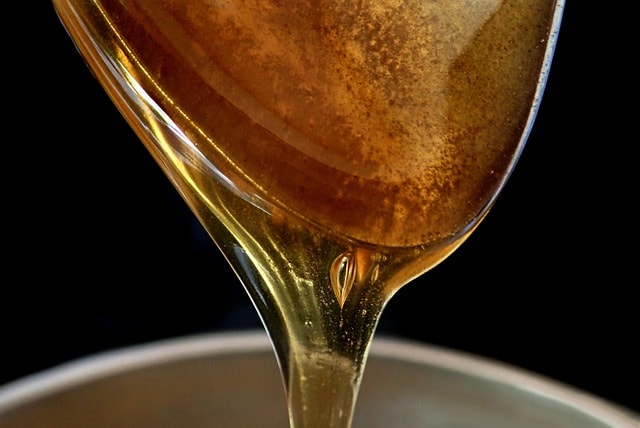
Liquid Sweeteners: Characteristics and Uses
Liquid substitutes such as honey, syrup, and molasses bring unique flavors and moisture, impacting the structure and taste of baked goods. Honey, being sweeter than sugar, is ideal for soft-textured cakes due to its high moisture content and natural sweetness.
Maple syrup, with its distinct flavor and 34% water content, enhances lightly sweetened recipes like cookies and glazes, adding sophistication.
Molasses adds deep color and unique flavor, ideal for spiced or fall fruit recipes, pairing well with ginger, cinnamon, and nutmeg.
Liquid substitutes differ in sweetness and moisture, affecting their use in baking. For example, substituting honey for sugar may need adjustments in liquids and baking time or temperature. Knowing these nuances lets you experiment and create unique baked goods.
Comparing Moisture Content
Liquid substitutes add more moisture, resulting in denser, moister textures, enhancing the crumb structure in breads and cakes. The increased moisture from liquid substitutes extends the shelf life of baked goods, keeping them fresher longer.
The hygroscopic nature of sugar allows it to absorb moisture, extending the freshness of your baked creations. Using liquid sugars extends the shelf life of baked items, making them ideal for recipes needing longer freshness.
Adjustments in baking time or temperature are often needed with liquid sugars due to their higher moisture content. Knowing these adjustments is key for successful baking with liquid subs.
Impact on Leavening and Texture
Sugar is essential for fermentation and dough rise. When creamed with butter, sugar introduces air, creating tiny bubbles that lighten the batter and aid in rising, resulting in a light and airy texture.
Sugar also tenderizes by slowing gluten formation, impacting the final texture. Higher sugar amounts in cakes result in a tender crumb by weakening gluten, leading to a soft, melt-in-your-mouth texture.
Liquid sweeteners make baked goods moister but can also make them denser. Combining them with sugar balances moisture and lightness. Meringue powder can offer extra lift in recipes with liquid sweeteners, contributing to a light and airy texture.
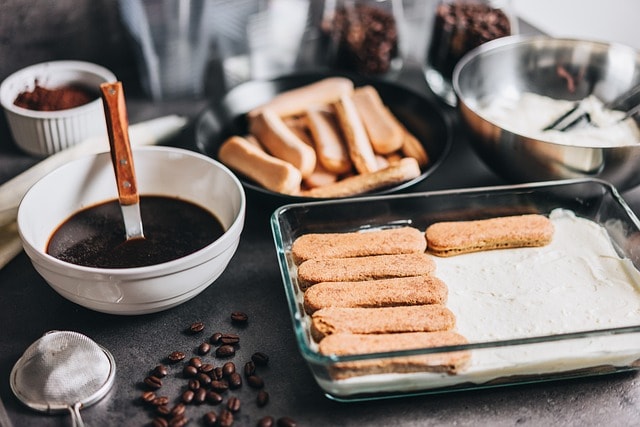
Flavor Profiles and Color Development
Sugar contributes to the browning of baked goods through caramelization and Maillard reactions, adding depth to flavor. Dark brown sugar, with its rich molasses content, enhances both flavor and color in baked goods. Caramelization breaks down sugar molecules, turning them brown and developing complex flavors, forming new flavors and deeper colors when heated.
Liquid sweeteners like honey enhance browning due to their composition, resulting in a darker, richer appearance and adding sophistication to baked good treats, including light brown sugar variations, liquid sugar, and coconut sugar. Various brown sugars, with their molasses content, contribute significantly to flavor and moisture in baked goods.
The Maillard reaction occurs when sugar reacts with proteins, resulting in browning and new aromas. Knowing how different sugars affect flavor and color lets you experiment and create unique and complex baked goods.
Whether you’re aiming for a light golden color or a deeper, caramelized flavor, the type of sugar you use plays a crucial role in achieving your desired results.
Adjustments in Baking Recipes
Substituting honey for sugar requires using about 75% of the amount and reducing total liquid by 3 to 4 tablespoons to maintain consistency. Using agave nectar necessitates lowering the oven temperature by 25 degrees and reducing liquids by four tablespoons.
Substituting liquid sweeteners for granulated sugar often means adjusting other liquids to maintain consistency, ensuring proper texture and rise. If you need to substitute granulated sugar, be mindful of these adjustments.
Understanding how to adjust ingredients and baking conditions when using liquid sweeteners ensures successful baking, allowing for confident experimentation with unique flavors and textures.
Common Challenges and Solutions
Liquid sweeteners can create denser textures due to increased moisture, affecting leavening and rise. Reducing other liquids can counteract these texture issues.
Baked goods with liquid sweeteners may need adjustments for crispness or chewiness. These sweeteners introduce distinct flavors, sometimes requiring adjustments to balance sweetness and flavor.
Liquid sweeteners vary in sweetness, requiring quantity adjustments to match desired levels. Their unique flavors can enhance or overshadow intended flavors, so understanding these challenges ensures the best baking results.
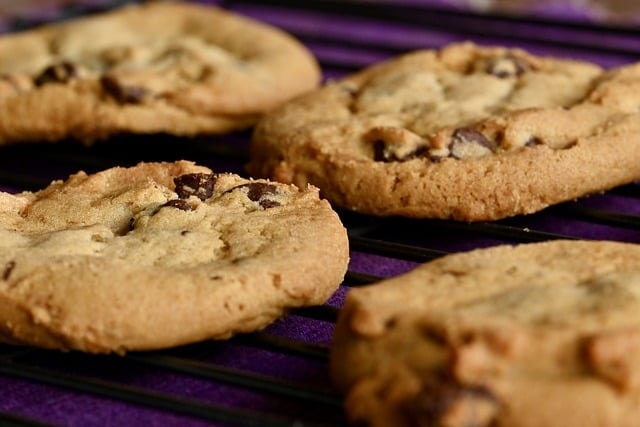
Recipe Examples
Honey is ideal for soft-textured cakes, offering floral flavor and quick browning due to its sugar composition, with natural sweetness and moisture retention for tender results. Confectioners sugar, with its fine consistency, is perfect for icings and frostings.
Syrup, ranging from mild to robust, suits lightly sweetened recipes like cookies and glazes, adding sophistication with its unique taste. Icing sugar, also known as powdered sugar, is versatile for creating smooth toppings and adding a delicate texture to cookies.
Molasses, with its complex flavor, is best in spiced and fall fruit recipes, pairing well with ginger, cinnamon, and nutmeg, though it can affect sweetness. Powdered sugar dissolves seamlessly into liquids, making it ideal for creating smooth toppings and adding density to baked goods. Experimenting with different sweeteners allows you to create unique and delightful baked treats.
Here are a few recipe calls to get you started:
-
A honey cake that is moist and tender with a floral flavor.
-
Maple cookies that are lightly sweetened and have a distinct, robust taste.
-
Spiced molasses bread that is rich and flavorful, perfect for fall.
Summary: How Liquid vs Granulated Sugar Affects Baking
In summary, sugar plays a vital role in the quality, texture, and flavor of baked goods. Whether you’re using granulated sugar or liquid sweeteners, understanding their characteristics and how they interact with other ingredients is crucial for successful baking. Granulated sugar helps retain moisture and enhance leavening, while liquid sweeteners provide unique flavors and additional moisture.
Experimenting with different types of sugar and making the necessary adjustments in your recipes can elevate your baking to new heights. By understanding the science behind sugar in baking, you can create delicious and well-balanced baked treats that will impress your family and friends.
Frequently Asked Questions: How Liquid vs Granulated Sugar Affects Baking
Can I substitute liquid sweeteners for granulated sugar in any recipe?
Absolutely, you can substitute liquid sweeteners for granulated sugar, but just remember to tweak your other liquids and possibly adjust the baking time or temperature for the best results.
How does sugar affect the texture of baked goods?
Sugar plays a crucial role in creating a light and airy texture in baked goods by retaining moisture, tenderizing the product, and aiding in leavening. So, next time you’re baking, remember that sugar is key to that perfect texture!
What are the best liquid sweeteners for baking?
Honey, syrup, and molasses are the top liquid sweeteners for baking, adding distinct flavors and moisture to your treats. Give them a try in your next recipe!
How do I adjust a recipe when using honey instead of granulated sugar?
To adjust a recipe for honey instead of granulated sugar, use about 75% of the sugar amount and reduce the total liquid by 3 to 4 tablespoons. Happy baking!
Why do baked goods with liquid sweeteners have a longer shelf life?
Baked goods with liquid sweeteners last longer because they contain more moisture, which helps keep them fresh. So, if you’re looking to enjoy your treats for a bit longer, those liquid sweeteners can really help!
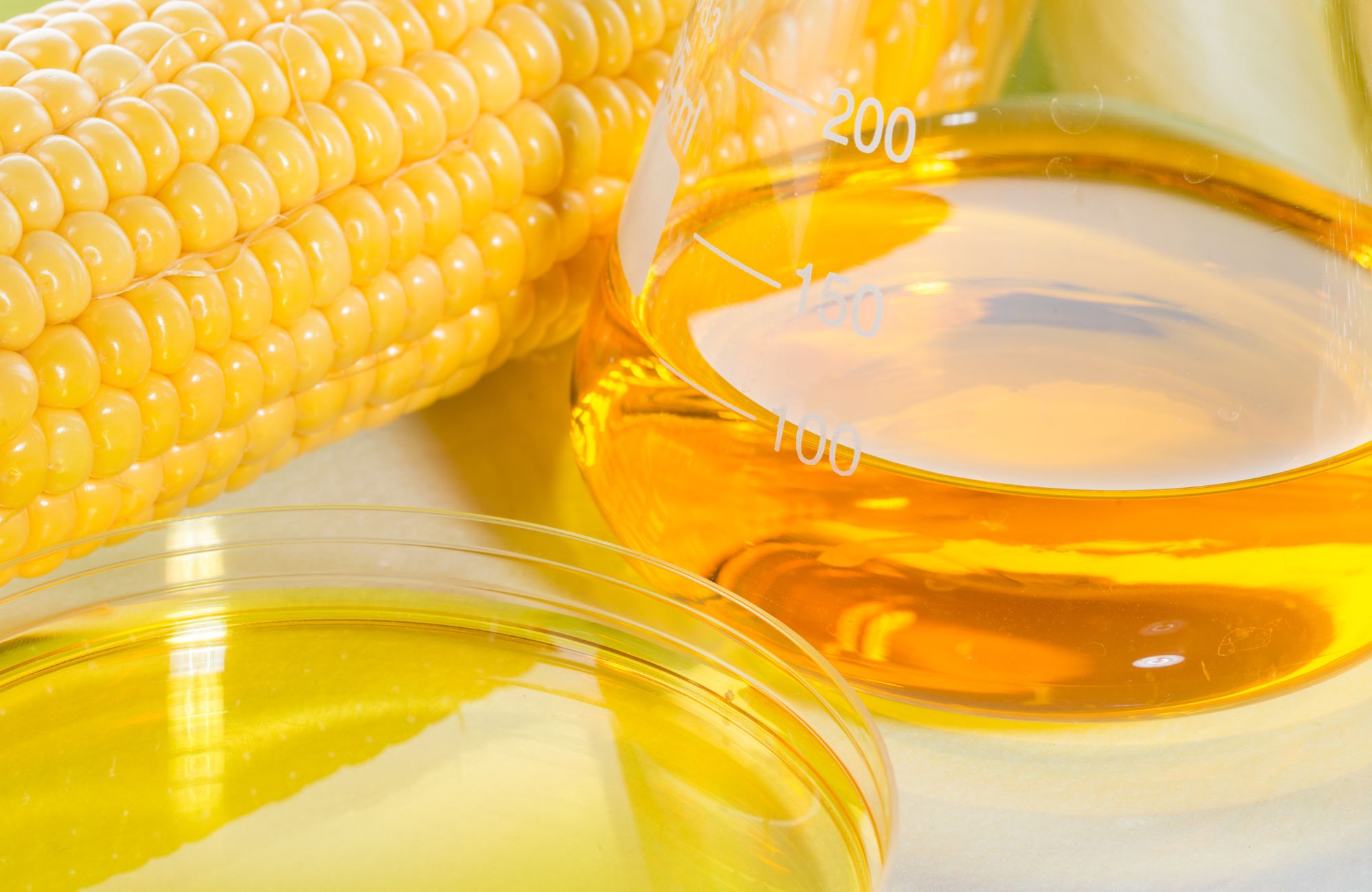
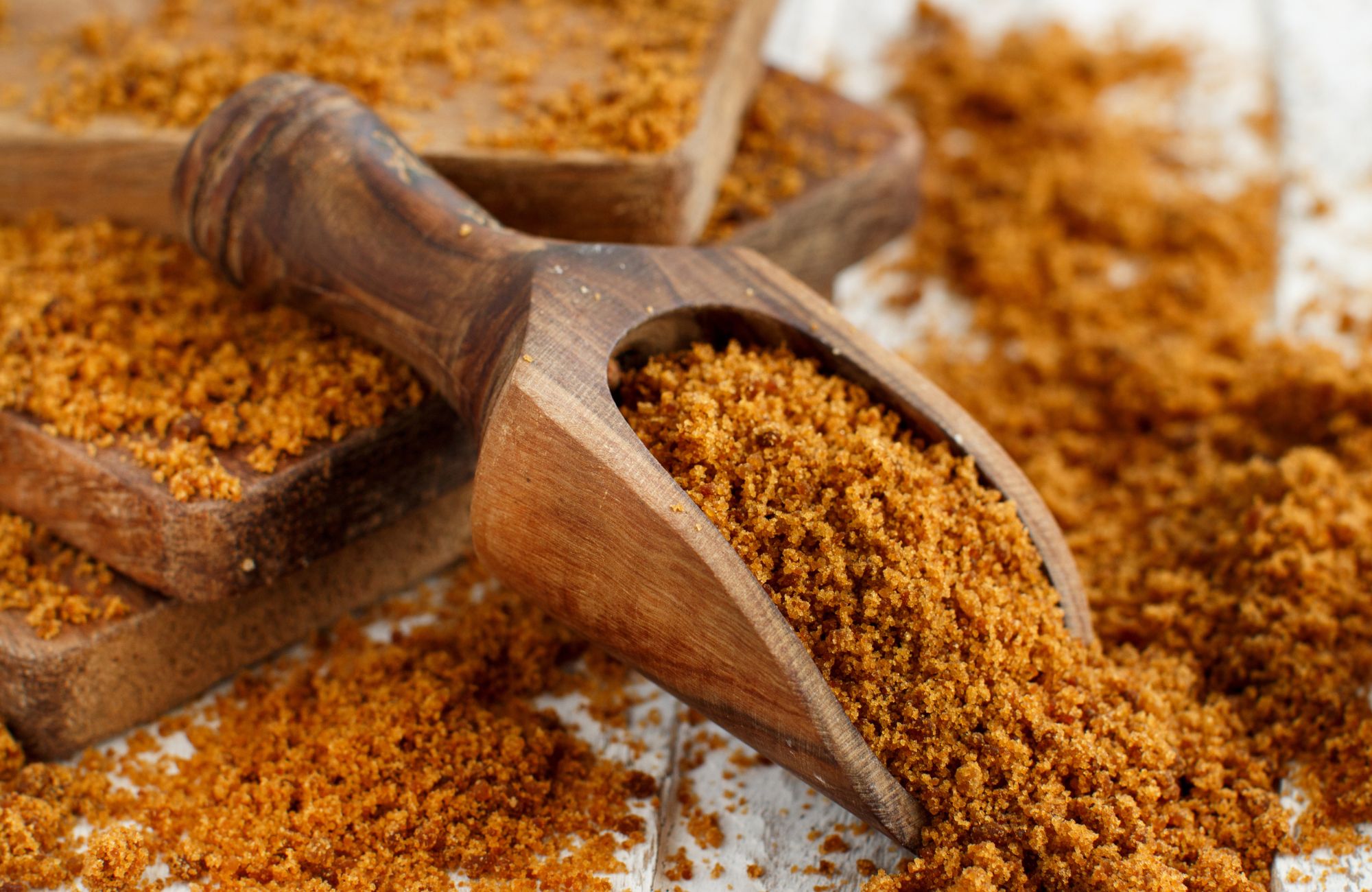

Leave a Reply